CEOs and CHROs agree - finding and retaining the next generation of leaders is the top priority
Last week, Samsung Electronics Co. Ltd shared results from a study surveying 1,000 UK business executives about the challenges of a post-pandemic business environment. Overwhelmingly, these leaders gave feedback that fear about an uncertain future is creating inertia in leaders’ ability to make decisions, ultimately costing businesses on average £1.2 million per year. Leaders seeking to overcome this inertia have no choice but to prepare for the storm and the disruption of an increasingly VUCA (volatile, uncertain, complex, and ambiguous) market. For this reason, building organizational and individual readiness is as critical as supporting learning and development.
Making leadership “future-fit”
Many companies have embraced the challenge, working to create “future-fit” products and services, and applying that terminology to their internal capability building efforts too. CEOs clearly recognise this need, with 50% saying in the landmark 2021 DDI Global Leadership Forecast (GLF) study, that their top priority is preparing the next generation of leaders. The same DDI GLF research shows that HR professionals clearly agree, with identifying and preparing top talent for the future listed as a top skill they look for in leaders, as well as “the single-most critical skill they’ll need in the next three years”. HR leaders also clearly believe that while current leaders are performing, things change quickly and the current cohort often does not have the skills required to meet future challenges. This further reinforces the strategic importance of “future-fit” leadership beyond current business objectives and challenges.
But what does being ‘future-fit’ actually mean? In the past, the concept of future-fit leadership was most often framed in the context of digital transformation. Now, the definition is much wider, including a greater focus on sustainability, employee mental health and wellness, and new waves of technological advances. As Terence Mauri, author of Involve, Inspire, Ignite states, “One of the clearest signs of future-focused leadership is reframing and rethinking your assumptions about what stays, what changes and what goes. This matters because the complexity of issues is outstripping our human capacity to respond, leading to a high leadership tax (too much leadership time spent on shallow impact versus deep impact).”
Closing the gap to get the next generation future-fit
Leaders in the next generation are arguably better placed to anticipate and understand emerging supply and demand complexities and opportunities having “grown-up” in corporate environments where VUCA was the norm from the start of their careers. This familiarity does not reduce the need for investment in their leadership development, but may change what skills they need to work at most.
For example, digital acumen is consistently described as a future-fit leadership skill that current leaders themselves feel least confident and effective in building. At an average age of 25 to 38 years old, many next gen leaders are digital natives or digital immigrants with higher levels of digital transformation knowledge than their current leaders. With much of their work and personal lives already lived virtually, it is also likely that next generation leaders will not require as much capability building as current leaders on leading virtually, and leveraging flexible working patterns for their teams.
Echoing the insights from Samsung Electronics, next generation leaders worry more about being able to react to change effectively and making decisions quickly regardless of whether the change is internal or customer-facing. Building the commercial savvy, technical know-how, and emotional intelligence to navigate the VUCA context will be the next challenge for HR professionals looking to prepare the next generation to lead.
The urgency of involving current leaders in preparing the next generation in new ways
CEOs and CHROs agree that finding and retaining the next generation of leaders is the top priority - the next step is how they work together to do this in faster and more impactful ways.
The most important and under-utilized lever in developing next gen leaders may be the current generation who they currently report to. Almost 1 in 3 next generation leaders want more coaching and feedback from their managers, compared to only 25% of current leaders.
How do next generation leaders find that support when it is not readily available in their own teams, departments, or organizations? Traditional leadership development programmes seem less likely to achieve the results required which opens the door to new thinking on skills transfer for the next generation of top talent.
Simulated or augmented reality on-the-job training, internal secondments, sabbaticals spent in non-profit organizations, and intentional mentorship or reverse mentoring schemes remain popular emerging options for future-fit leadership development. Personal accelerators like Beyond offer even more options for end-to-end support with coaching and feedback across industries and functions.
What is critical is a leadership team and an HR team that are aligned on the outcome and committed to working together to achieve future-fit leadership capable of evolving as their company and its context evolves.
Follow us on LinkedIn and Twitter, or subscribe to OneLeap emails to stay up to date with our latest news and insights.
Other Articles and Insights from the oneleap team.
Subscribe to the Oneleap Blog.
Add your email to receive regular, quarterly updates from the OneLeap Team.
By clicking subscribe, you consent to allow OneLeap to store and process the personal information submitted to provide content requested. OneLeap will only use your personal information to administer your account and to provide the products and services you requested from us.
We will respect your privacy and you can unsubscribe at any time.



